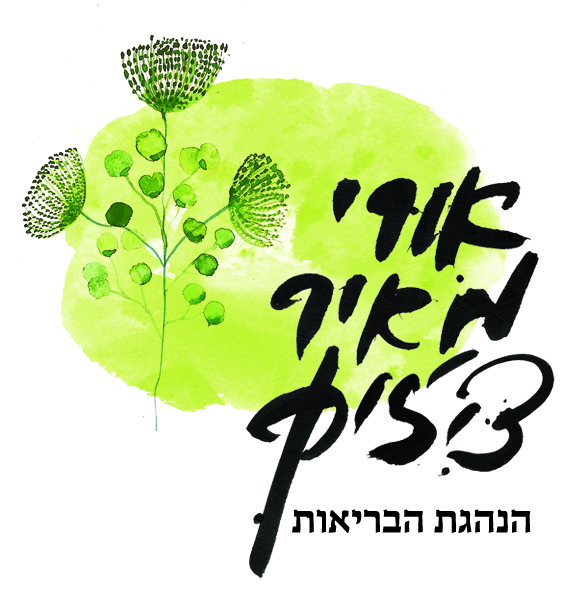Researchers and educators in community health examine how physical, emotional, and social well-being are shaped by many different factors, from the environment and culture to daily habits and access to resources. In this column we will explore these questions from different perspectives. This time the focus is on bio-cultural evolution.
It is hard to imagine our lives without corn. Boiled cobs in a pot, canned corn, cornflakes, frozen kernels, and more. Corn feels timeless, yet it only reached the Old World after the discovery of the Americas, its native land.
Corn is an extremely productive crop and played a central role in the rise of early American societies. After the European conquest of the Americas, corn spread to Europe and Africa, and within a few centuries it became a major agricultural staple and a key part of the diet there as well. Yet its adoption on these continents was not smooth. By the early twentieth century, physicians identified a strong link between corn consumption and pellagra, a disease caused by the imbalance of amino acids, the building blocks of protein, in corn. Where corn became the main staple food in the Old World, pellagra spread widely. In the New World, among Indigenous communities, the disease never appeared.
When researchers looked closer, they discovered why. For centuries, before eating corn, Indigenous people treated it with an alkaline solution. Often it was cooked or soaked with lime, crushed seashells, or wood ash. This process, known today as nixtamalization, makes the missing amino acids available to the body, transforming corn into a balanced and nourishing food. The more corn dominated the diet in a given region, the more consistently alkaline treatments were used.
Among the Hopi people in Arizona, there is a long tradition of cultivating and eating blue corn, a special variety bred with care over thousands of years. Its blue pigment comes from anthocyanin, the same compound found in purple cabbage, berries, and grapes. Like litmus paper, the pigment shifts color depending on acidity, from pink in acidic conditions to blue in alkaline ones. In their desert environment, where rainfall and soil minerals fluctuated constantly, the Hopi could tell by the shade of the flour how much alkali was needed to make the corn nourishing. In communities where every kernel mattered, young women had to master this skill before marriage, learning exactly how to prepare blue corn bread without wasting a grain. By contrast, the Maya, blessed with abundant corn, could afford less precise and more wasteful preparation methods such as tortillas.
Local Keys
Throughout human evolution, every community developed ways of living that fit their climate, environment, and needs. Local people created farming methods, food processing techniques, cooking practices, and cultural habits that made sense for their place. Scholars call this bio-cultural evolution, and one of its central ideas is the lock and key theory. Processing methods served as keys that unlocked the nutritional potential of crops, making them digestible and sustaining for humans.
This is why people often long for the flavors of home cooking or the tastes of their childhood. Across cultures, families preserve the keys of their homeland, the foods and flavors passed down through generations, because they are more than recipes. They are survival codes, developed over thousands of years to ensure continuity, and they carry within them both memory and meaning.
The Bank
My own work with local food traditions is a search for these local keys, methods of preparation that make food more digestible and nourishing. One obvious example is sourdough bread. Fermenting wheat breaks down compounds that hinder digestion, making the grain easier for our bodies to use. This insight inspires me to look for other possible keys. For example, harvesting freekeh, or green wheat, before it develops its full defenses makes it gentler to digest. Another example is neutralizing the toxic but medicinal wild plant arum with the acidity of sorrel, making it edible.
But local keys are not only nutritional. They are also social.
The Italian traveler Ermanno Pierotti, who toured the Land of Israel in the mid nineteenth century, wrote about the culture of hospitality he found among villagers. In both Hebrew and Arabic communities, he noted, it was customary to care for the poor and needy. Even a feared highway robber, he wrote, would find ways to give bread to a destitute traveler. In his words, in the Land of Israel a poor man is welcomed wherever he goes, and whatever a family’s faith may be, bread and food will always be ready for him in every home.
One story I heard recently illustrates this perfectly. In Jaffa, until the 1990s, fishermen upheld an unwritten pact called the fish bank. The best fishing spot along the Tel Aviv Jaffa coast was near the warm waters of the Reading power station, a natural breeding ground for fish. If they had all fished there freely, the population would have been wiped out. So the fishermen agreed that no one would fish there, except in extreme hardship. If a fisherman fell into crisis, he was permitted one trip to cast his nets at Reading, to save himself and his family. That is why the spot was called the bank.
Global modern culture often severs us from local context, from traditions that evolved here over thousands of years. These traditions are our keys, the codes to our local home. They strengthen our connection to place, to each other, and to the health of our communities.
To truly call a place home, we must hold its keys.

